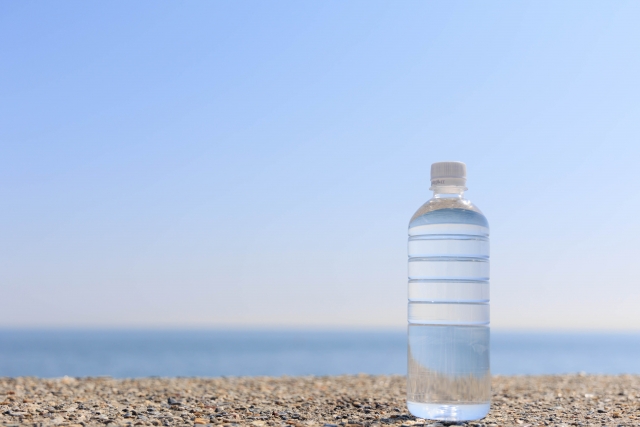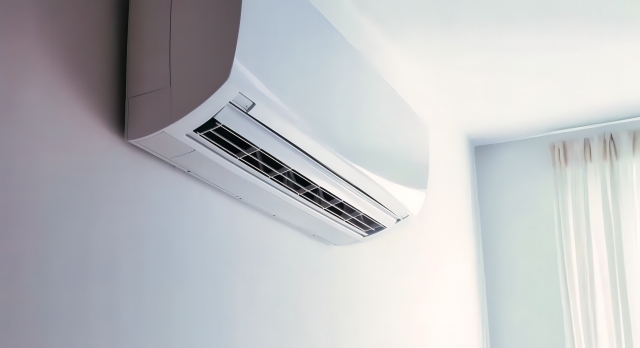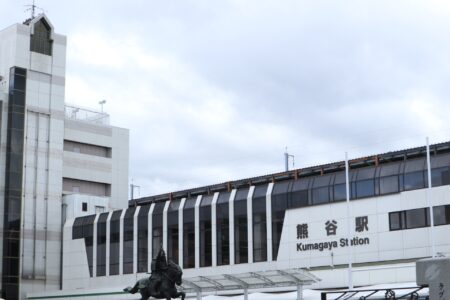Beat the Heat This Summer in Japan

What is heat exhaustion and heatstroke?
With Japanese summer comes hot and humid weather. This weather can be very dangerous at times, occasionally reaching 40°C in some areas across Japan, with humidity regularly above 50%. For those not used to the heat, this can be dangerous. It is also dangerous to the elderly, those with high blood pressure and those who regularly work in a hot environment.
Every year there have been hospitalities and fatalities from these heat related illnesses, so knowing the signs and when to act is paramount – else you or a colleague could become a victim.

Photo by TAKASANshot
Symptoms and Treatment
Heatstroke is an illness when the body can no longer control its temperature – the sweating mechanism fails, and the body is no longer able to cool down. Heatstroke is accompanied by excessive sweating and pale skin (a change in skin colour can be harder to see in black and brown skin), or a heat rash. On top of this, muscle cramps are also reportedly common in heatstroke victims.
Heat exhaustion is the body’s response to excessive salt and water loss. It has very similar symptoms to heatstroke including nausea, dizziness, weakness, and irritability.
If you notice any of these signs in yourself or your colleagues, evacuate that person to a cool environment and give liquids to drink. Some unnecessary clothing like socks and shoes – most heat is lost through the feet – and give cold compresses or place a cool damp towel on the forehead of the injured party. For heatstroke, it is necessary to act with haste because if left untreated it can be fatal.
Emergency services will be required if the injured party does not cool down within 30 minutes. The emergency services in Japan can be called at 119 for medical emergency services. If this happens at the coast, call either 118 (Coast Guard) or 119 (Ambulance).
Day to Day Precautions
Remember to always drink and stay hydrated. Bring a thermal flask or water bottle to school and take regular sips. When going outside in the heat it is best to wear thin layers in clothing or short sleeve. For anyone at work, you can roll up your sleeves and start wearing “cool biz” business clothing. Staying inside in a cool place on your break or taking regular trips to shaded areas in the playground when playing with students is also a good option.
In your house you can use the air conditioning “冷房 (reibou)” cooling setting to bring the temperature of your room significantly. Another option is to buy an electric fan, or one that can plug into your laptop or desktop.

Photo by syakariki
Conclusion
In conclusion, it is best to take precaution against heat stroke and to drink a lot of liquids throughout the day. Heat stroke can be fatal if left too late and must be dealt with as soon as it is found. This article should be helpful for anyone trying to find measures and precaution against the intense summer heat of Japan – particularly newcomers into teaching and the office.
Photo & Information Credits:
Additional photos by TAKASANshot and syakariki
Articles Cited:
All other content (text) created by the original author and © 2023 MUSUBI by Borderlink
RELATED
-

ALT August: How to Live Happy and Healthy
Top Photo: Jake Givens on Unsplash Hey guys! Welcome to your summer vacation. If you’re like I was, you’re ne… -

Being Healthy In Japan On A Budget
Top photo: kotestu427さん on PhotoAC In this article, I am going to be discussing the different ways in which yo… -

How to Survive Kumagaya Summer
Top Image: creampastaさん on PhotoAC あついぞ!熊谷 or “Very Hot! Kumagaya!” is the catchphrase of the city in which I …
PEOPLE

Ethan Edwards
From the UK
Has lived in Japan for 4 years (+1 study abroad year) in Yamagata and various places in Okayama


